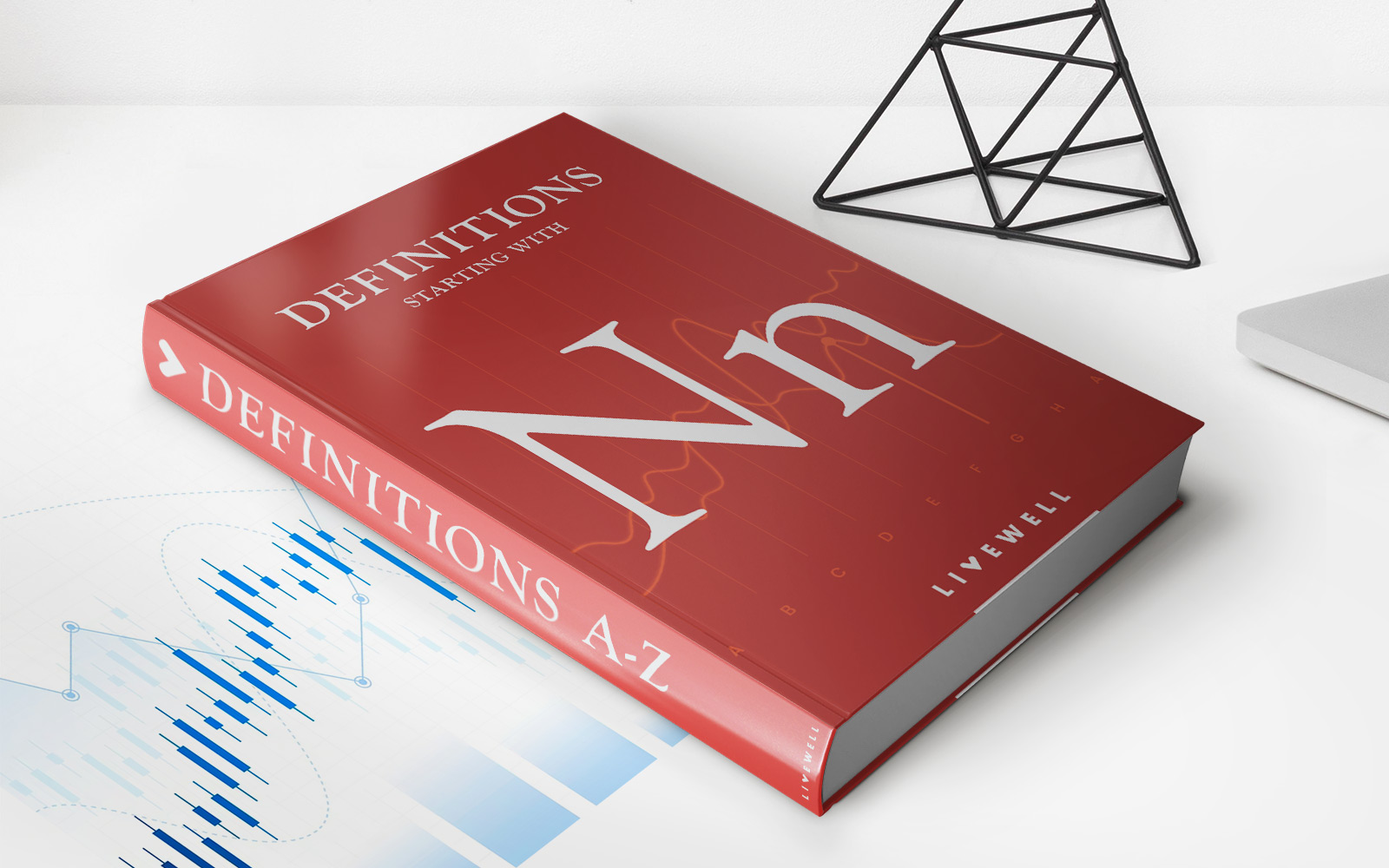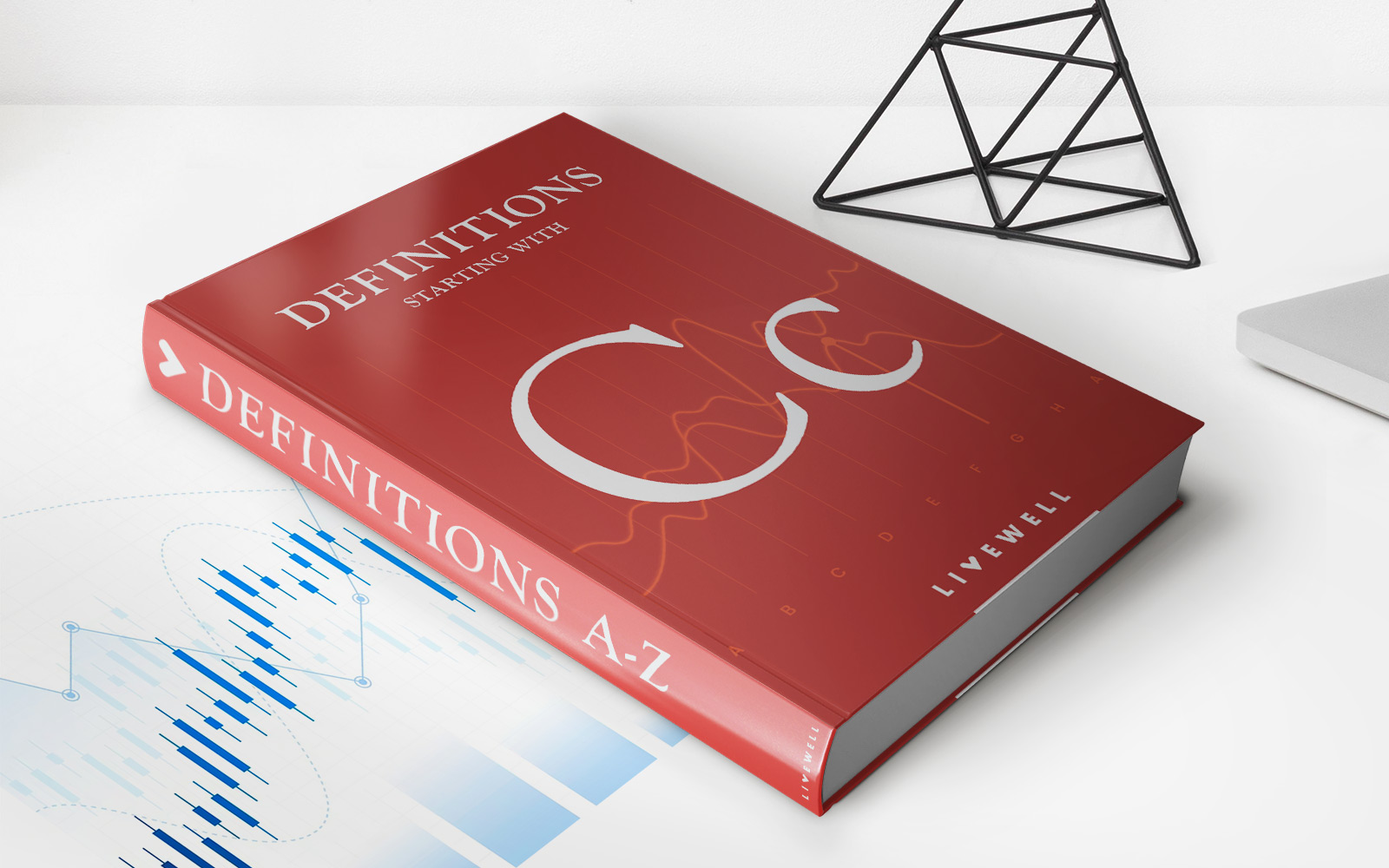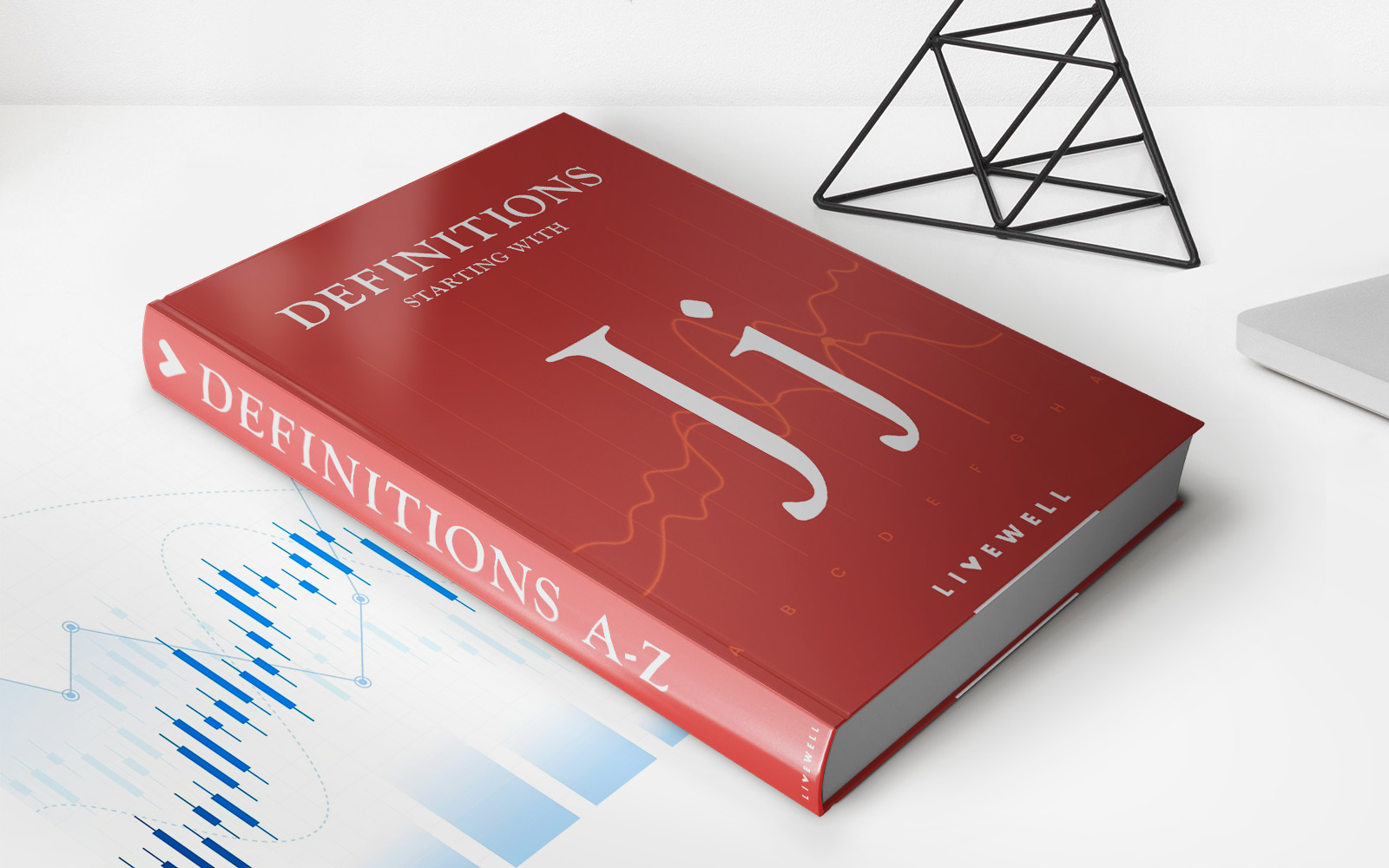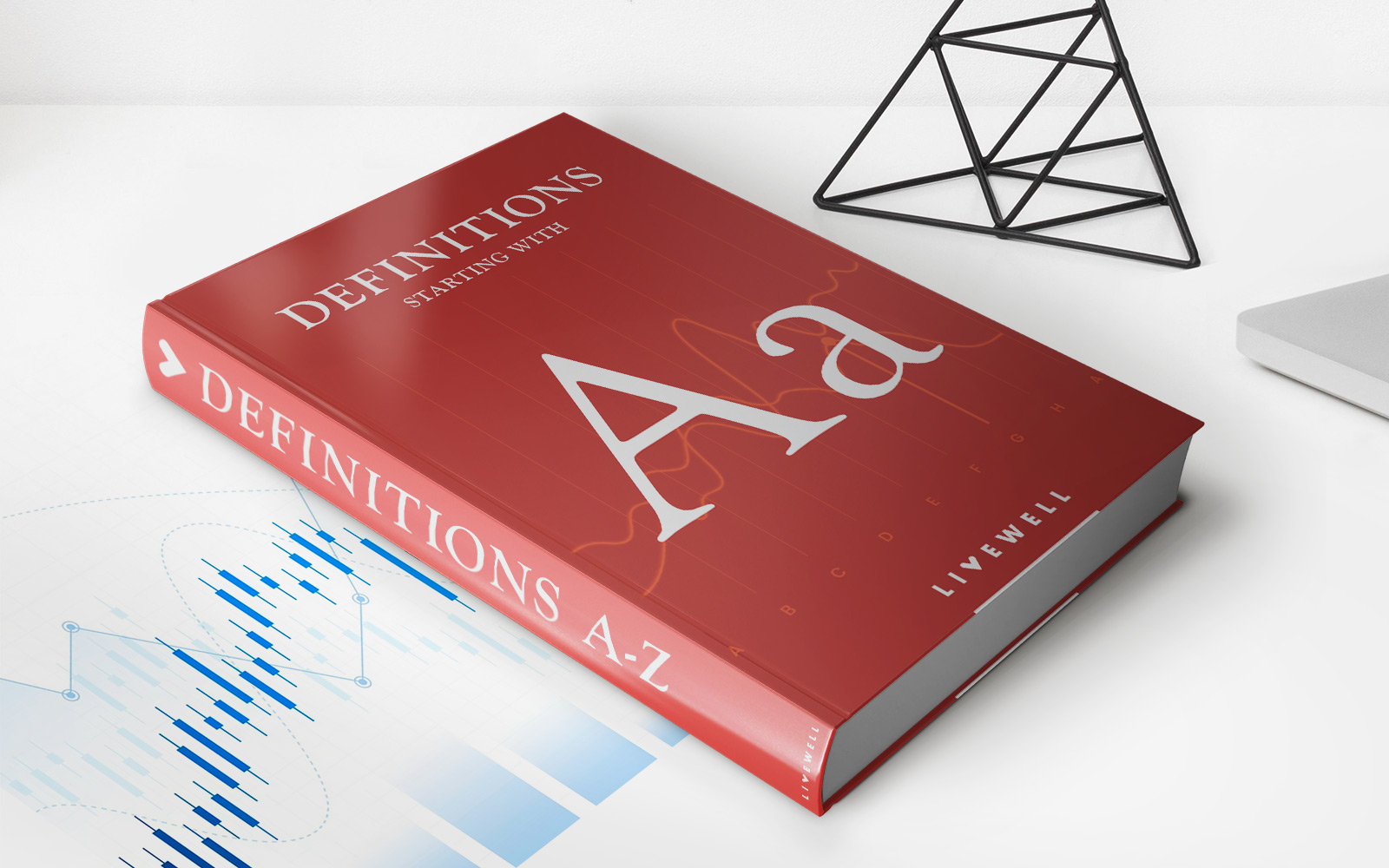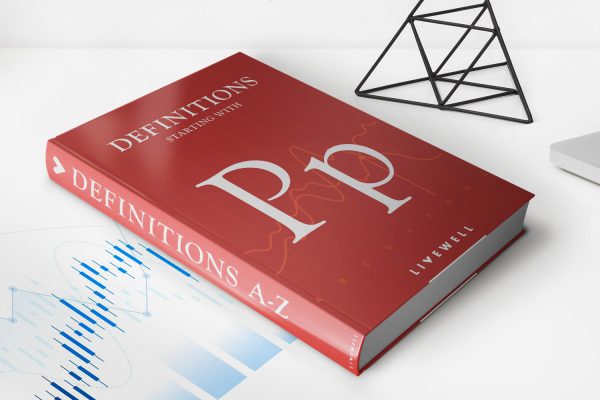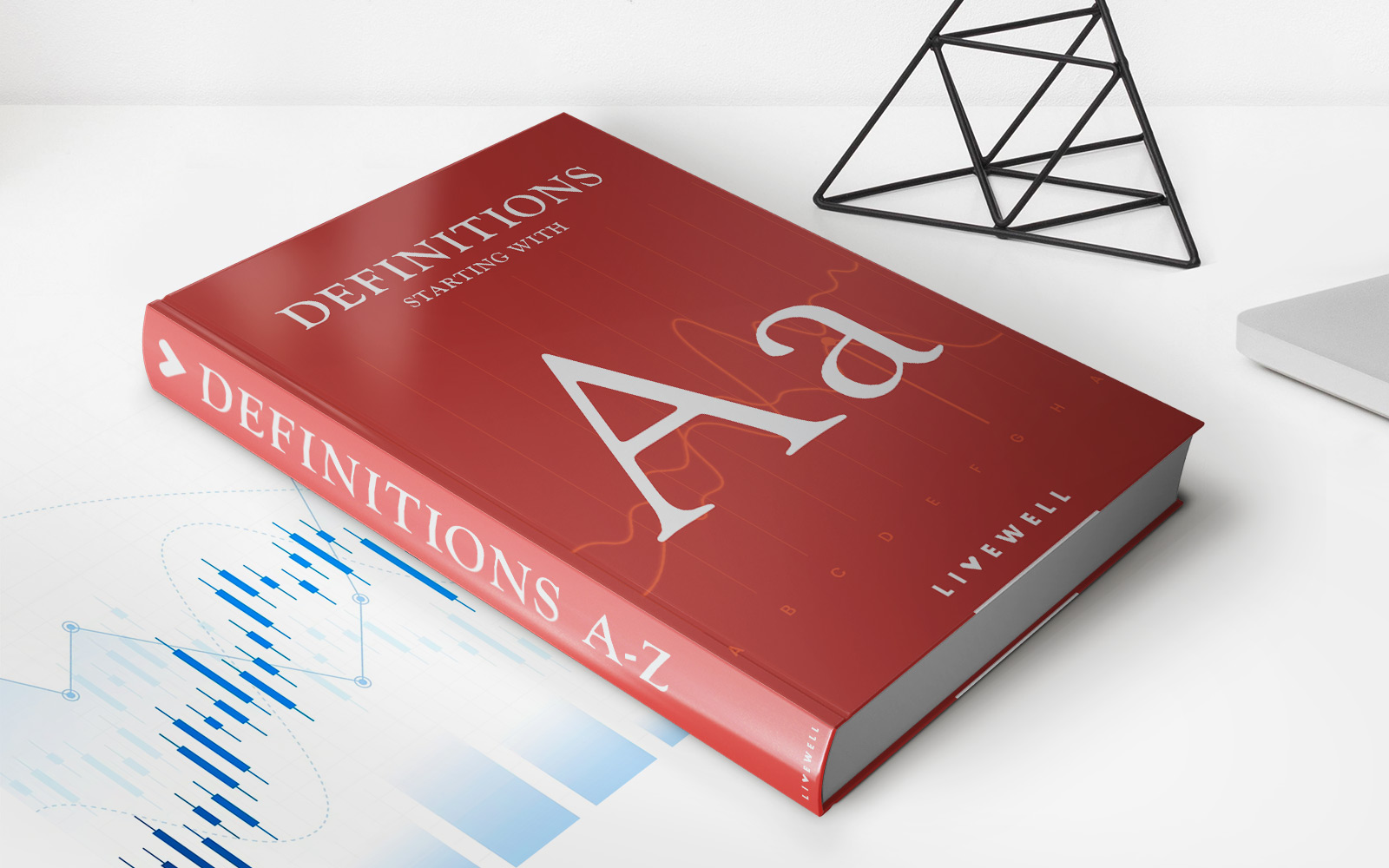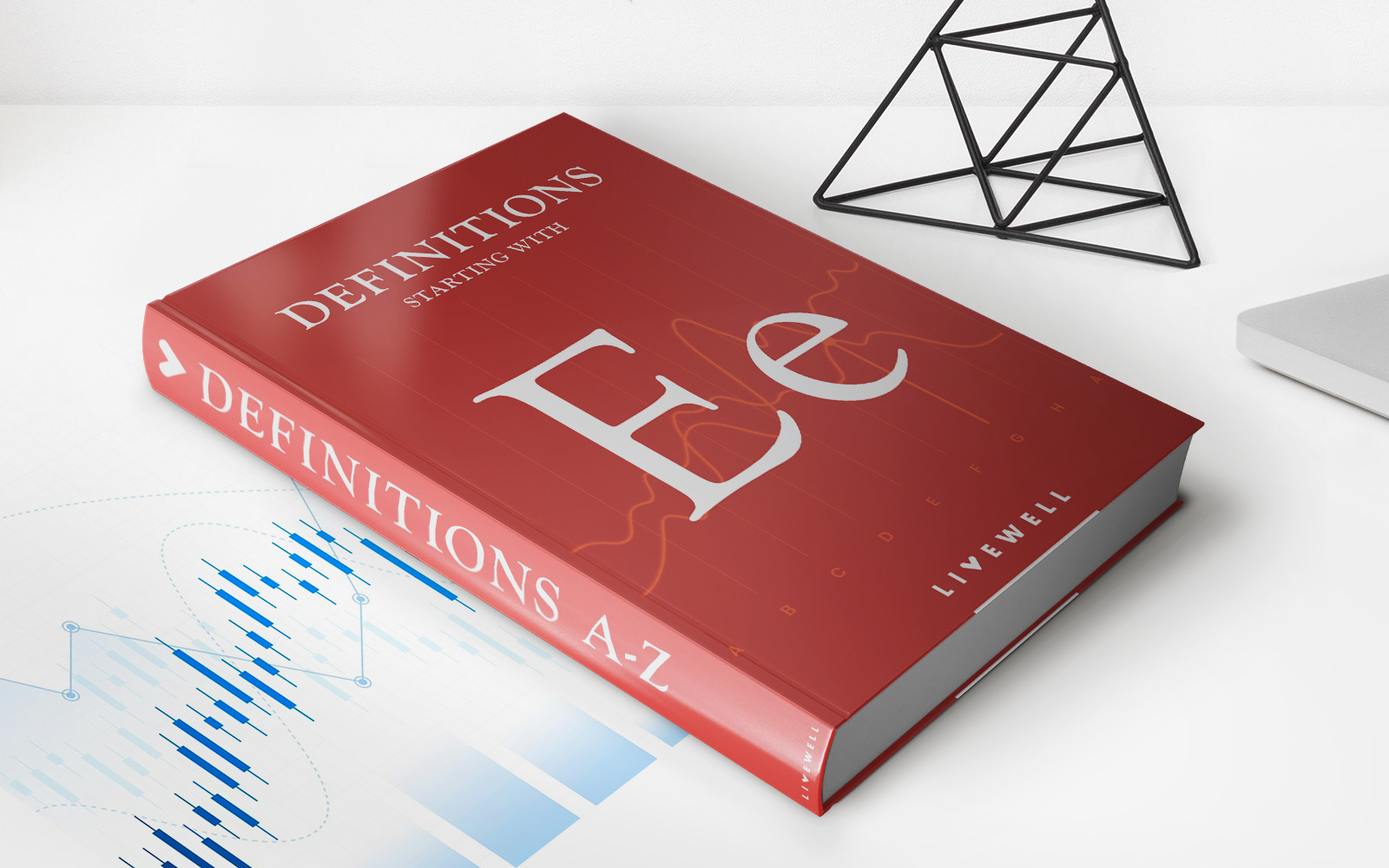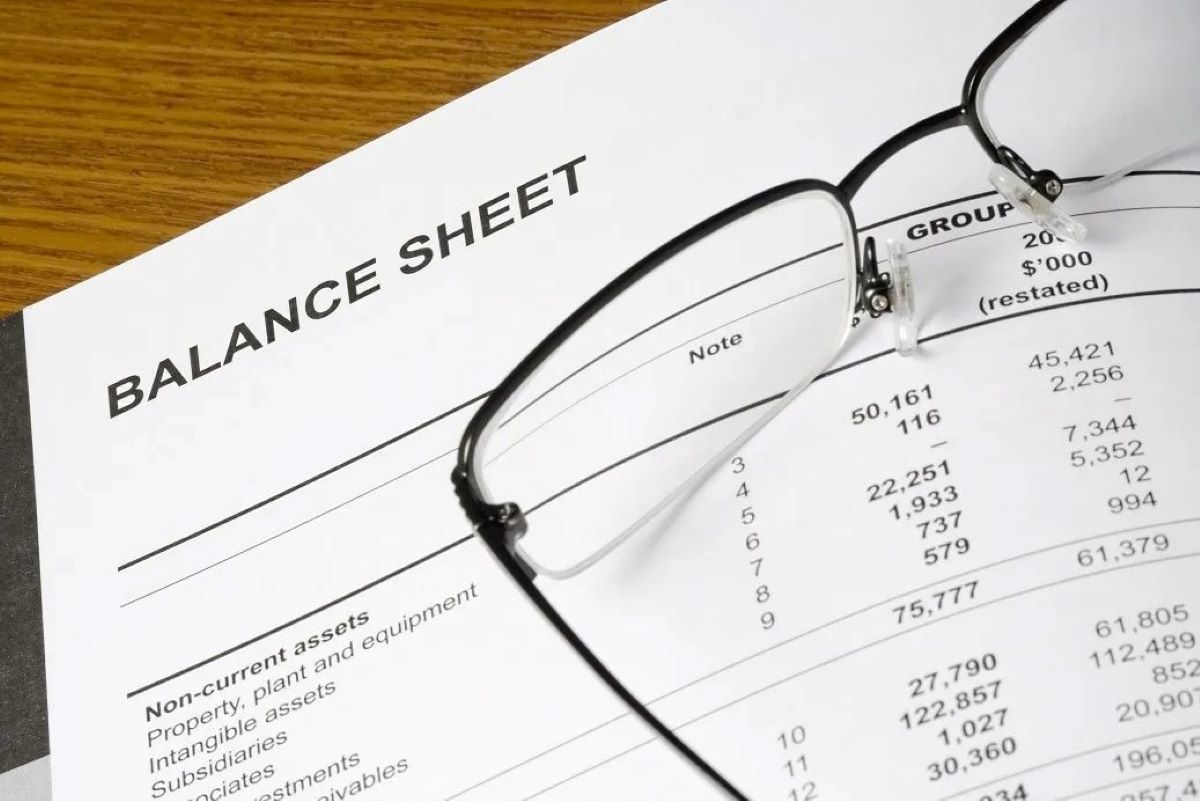Home>Finance>Joint Probability: Definition, Formula, And Example
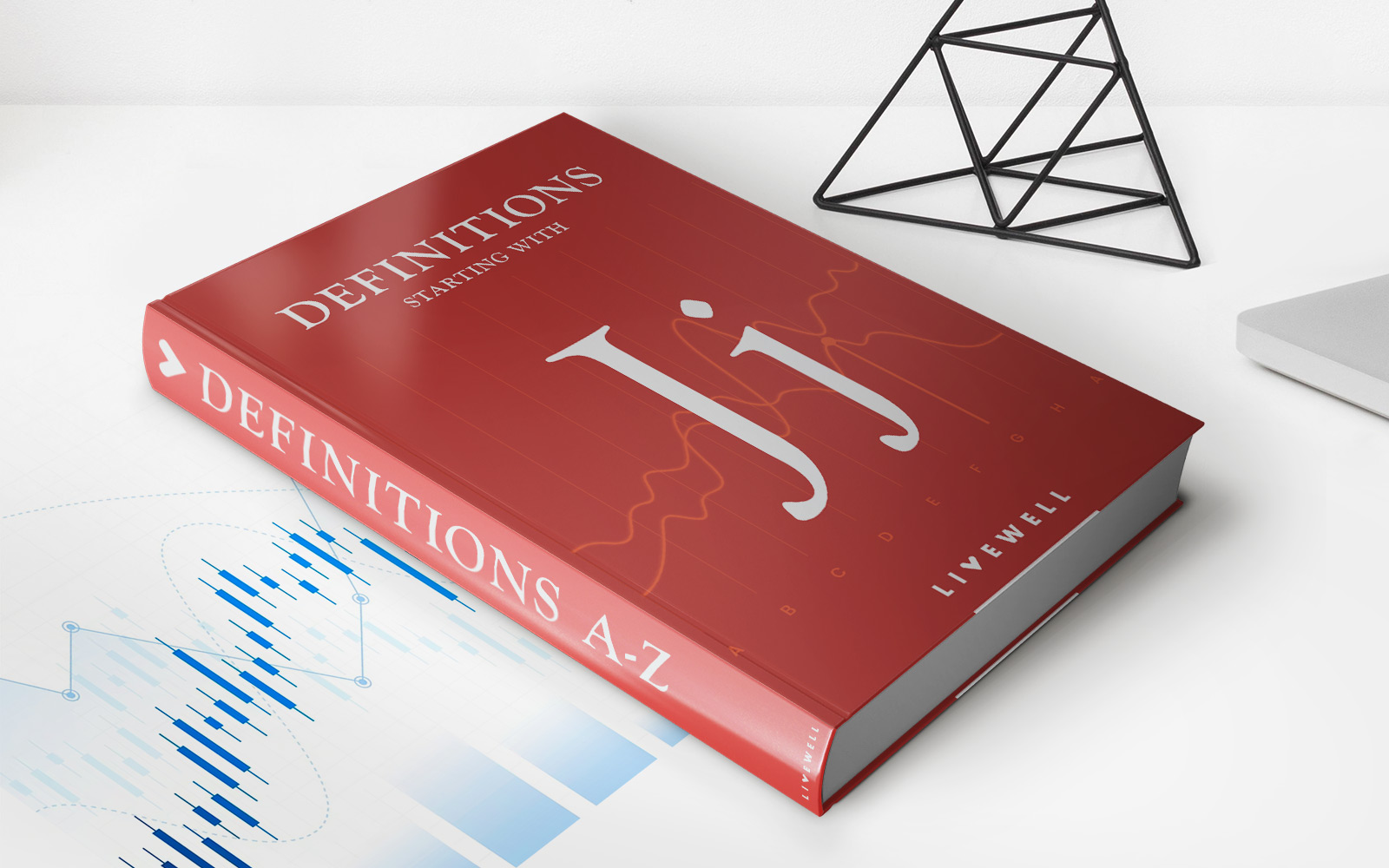

Finance
Joint Probability: Definition, Formula, And Example
Published: December 14, 2023
Learn the definition, formula, and see an example of joint probability in finance. Discover how joint probability can be used to analyze financial data.
(Many of the links in this article redirect to a specific reviewed product. Your purchase of these products through affiliate links helps to generate commission for LiveWell, at no extra cost. Learn more)
Welcome to the World of Joint Probability
Are you ready to dive into the fascinating world of joint probability? If you’re interested in understanding the relationship between two events and how they interact, you’ve come to the right place. In this blog post, we will explore the definition of joint probability, discuss the formula used to calculate it, and provide you with a real-life example to help solidify your understanding. So, let’s jump right in!
Key Takeaways:
- Joint probability measures the likelihood of two events occurring simultaneously.
- The formula for calculating joint probability is P(A ∩ B) = P(A) × P(B|A).
What is Joint Probability?
Joint probability is a concept in probability theory that focuses on the likelihood of two events happening simultaneously. It examines the probability of both Event A and Event B occurring at the same time. By understanding joint probability, we can gain valuable insights into the relationships between different events and make informed decisions.
Picture this: you’re flipping a fair coin and rolling a fair 6-sided die. The joint probability would help you determine the chances of getting heads on the coin flip and rolling a 5 on the die. It’s essential to note that joint probability is not limited to two events; it can be applied to multiple events concurrently.
The Formula for Joint Probability
Calculating joint probability involves using a specific formula. The formula is as follows:
P(A ∩ B) = P(A) × P(B|A)
Let’s break down the formula:
- P(A ∩ B) represents the joint probability of both Event A and Event B occurring together.
- P(A) refers to the probability of Event A happening.
- P(B|A) represents the conditional probability of Event B happening given that Event A has already occurred.
Basically, we multiply the probability of Event A by the conditional probability of Event B happening given that Event A has already taken place.
An Example to Illustrate Joint Probability
Let’s bring this concept to life with an example. Imagine a bag containing five red marbles and three blue marbles. You randomly select two marbles without replacement. What is the probability of drawing a red marble on the first draw and a blue marble on the second draw?
To solve this, let’s break it down into two events:
- Event A: Drawing a red marble on the first draw.
- Event B: Drawing a blue marble on the second draw, given that we already drew a red marble on the first draw.
To calculate the joint probability, we first find P(A) and P(B|A), and then apply the formula:
- P(A) = Number of red marbles / Total number of marbles = 5/8
- P(B|A) = Number of blue marbles / Total number of marbles after the first draw = 3/7
Using the formula, we can calculate:
P(A ∩ B) = P(A) × P(B|A) = (5/8) × (3/7) = 15/56
So the joint probability of drawing a red marble on the first draw and a blue marble on the second draw is 15/56.
Conclusion
Joint probability is an essential tool in probability theory that helps us understand the relationship between two events and their simultaneous occurrence. By calculating the joint probability, we can make informed decisions and gain valuable insights into various scenarios. Remember, the formula P(A ∩ B) = P(A) × P(B|A) guides us in evaluating the likelihood of two events occurring together. Now that you have a solid understanding of joint probability, go ahead and apply it to real-life situations, for it opens up a world of possibilities.
